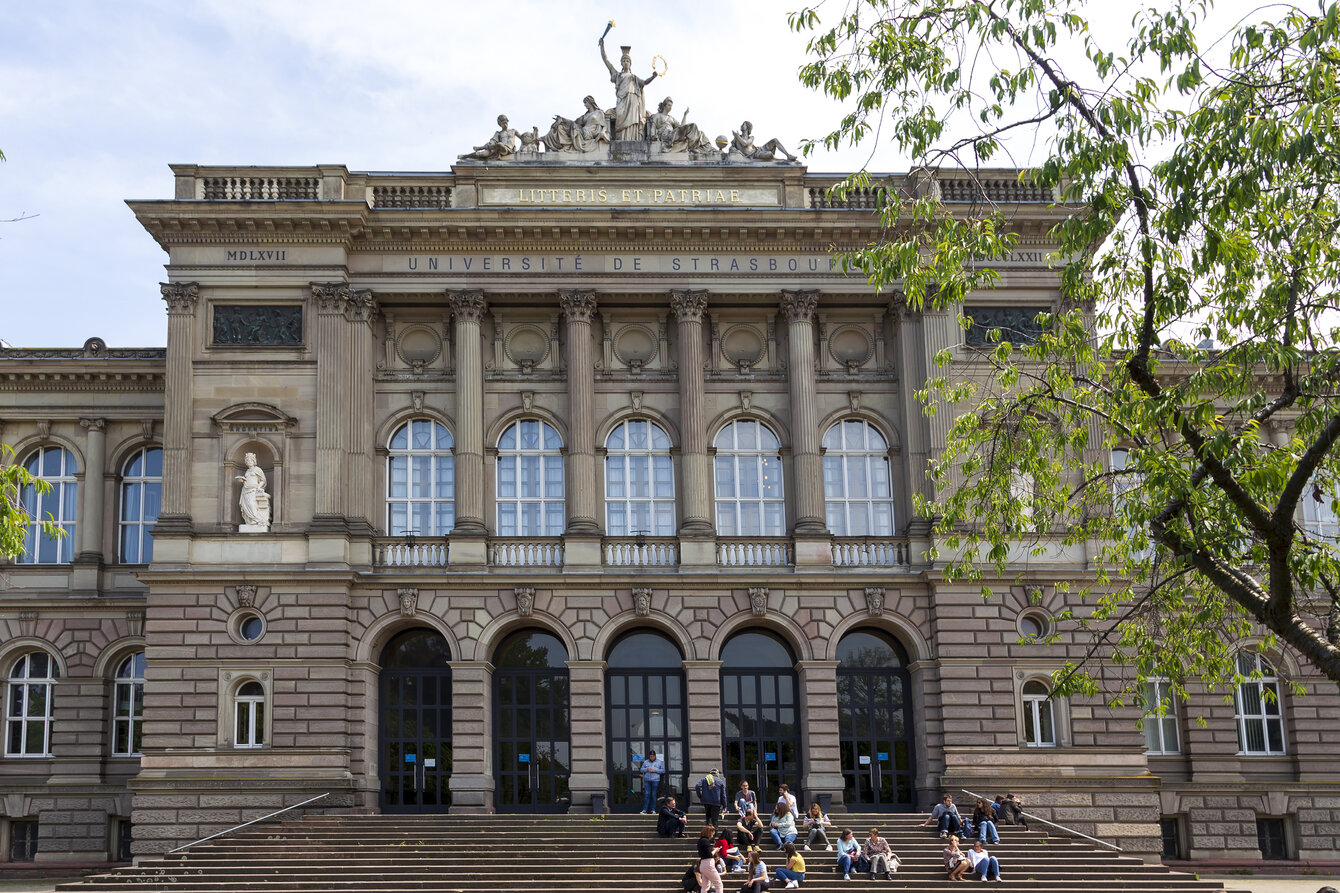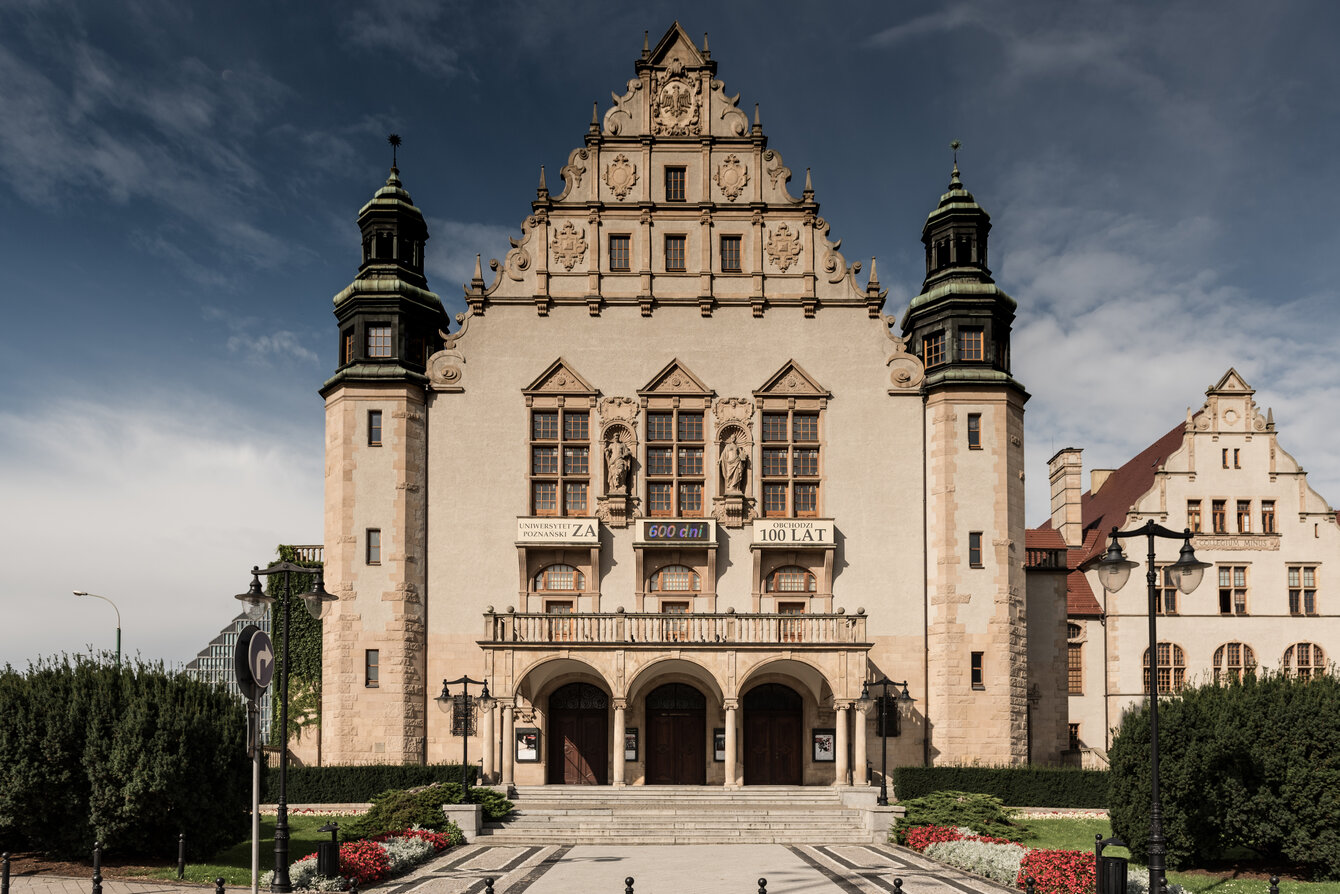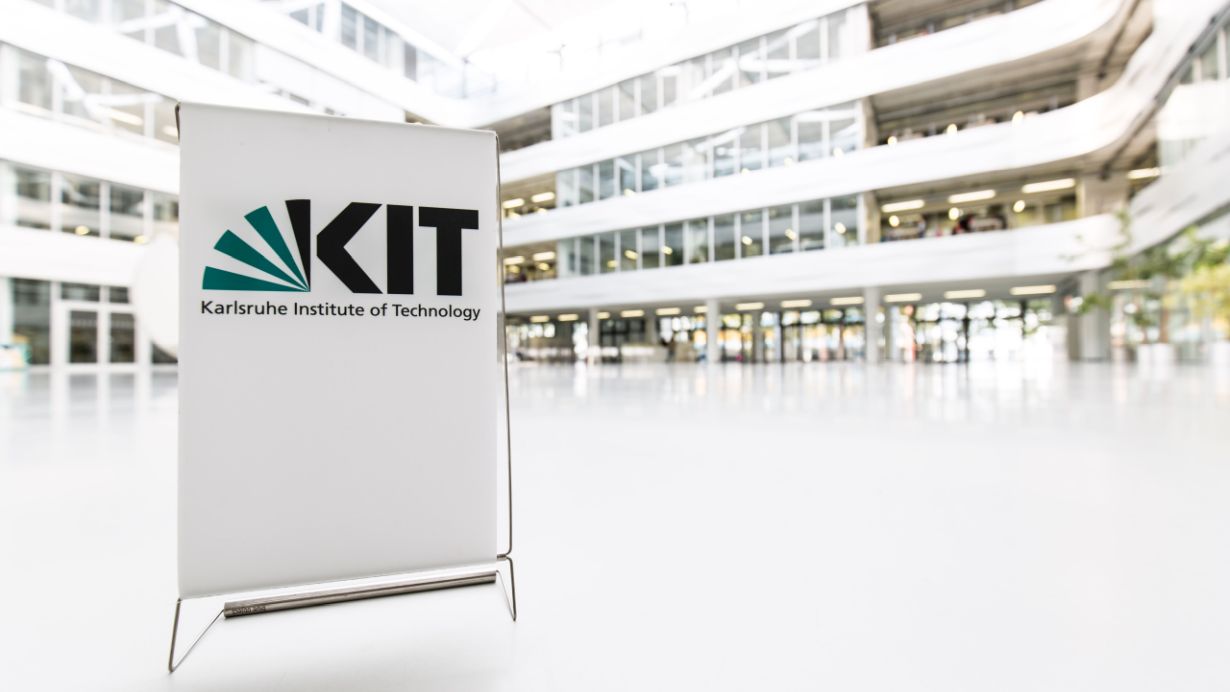University of Strasbourg
Located in the heart of Europe, the University of Strasbourg has a clear bicultural identity.
The University of Strasbourg is one of the largest universities in France, with more than 56 000 students (international students make up 20%).
The University of Strasbourg offers 60 international degrees in partnership with universities around the world. It is committed to promoting student mobility and has many cooperation agreements with institutions in Europe and beyond. It has developed strong French German cooperation and is now a privileged partner among the Upper Rhine universities.
A genuine proponent of multilingualism and cross-cultural dialogue, the University offers access to 25 modern languages, multinational diplomas, jointly supervised doctorates, upholding renowned international postgraduate schools and student exchange agreements.
The University is involved in 17 Erasmus+ projects including 2 Erasmus Mundus master degrees, 5 Erasmus + strategic partnerships, a knowledge alliance, and a Jean Monnet center of excellence.
Research is a major asset for the University’s international development. Thanks to the worldwide reputation of its research teams, the University of Strasbourg has emerged among Europe’s foremost research universities and is a founding member of the League of the European Research Universities (LERU).
Numerous prestigious prizes have been awarded to our world-class researchers, testifying to the quality of the research at the University of Strasbourg, including: 4 Nobel Prizes, 1 Kavli Prize and 21 researchers honored by the European Research Council since 2008.
More information on the website of the University of Strasbourg's: https://www.unistra.fr
Find the University of Strasbourg on social networks:



